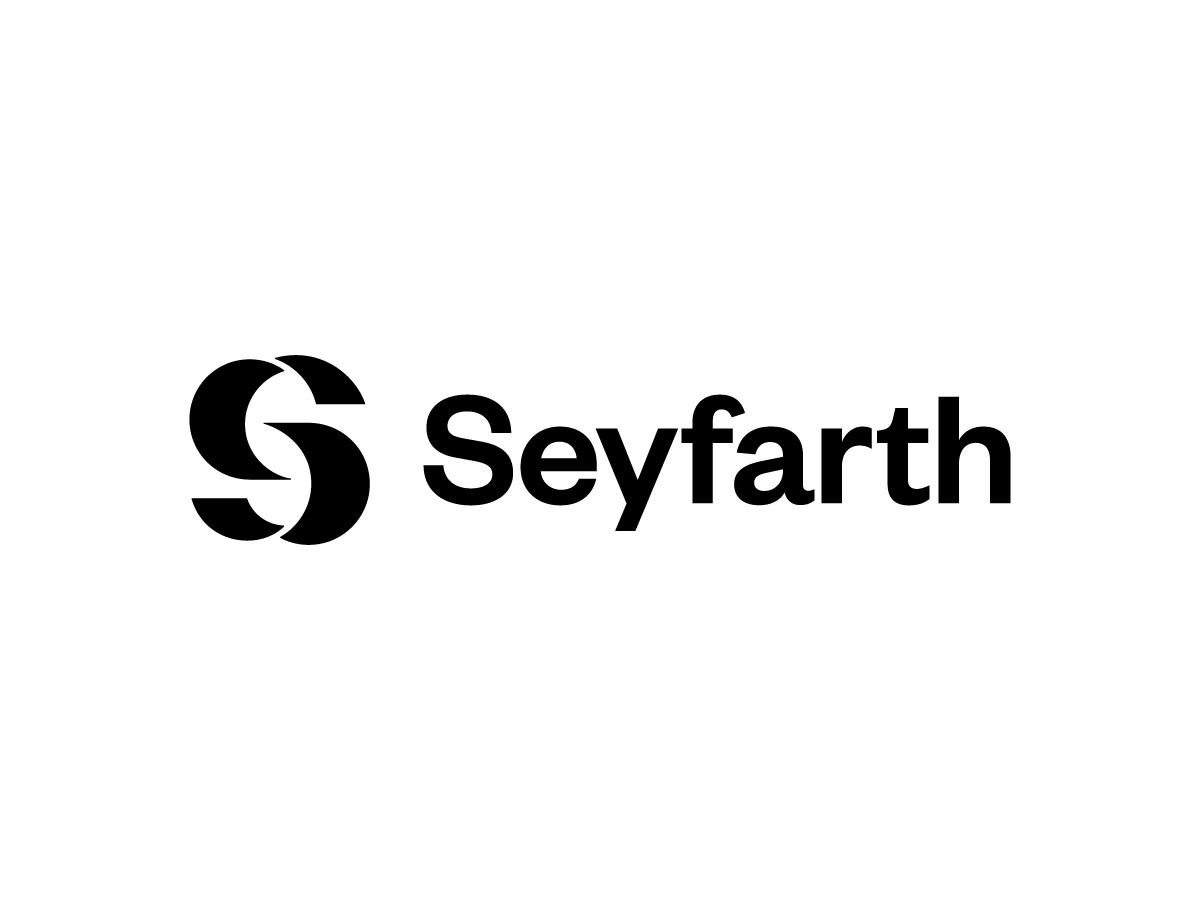Proposed Increases of United States Patent Fees | Ladas & Parry LLP
On April 3, 2024, the United States Patent and Trademark Office (USPTO) issued a notice of rulemaking setting out the fees that it proposes for the fiscal year starting on September 29, 2024. Although the proposed fees are subject to public comment before becoming final, all indications are that there will be few, if any, changes from the current proposals. The percentage reductions of many fees by 60% and 80% for small and micro entities, respectively, still apply because these reductions are fixed by statute (the Unleashing American Innovators Act of 2022) and are not subject to the USPTO’s rule-making power.
Unlike previous fee increases, the current proposals are not simply across-the-board, but include differentiations between fee increases that may have policy objectives. Where no such considerations apply, increases are normally between 5% and 10%. Some of the more noteworthy fee increases being proposed include:
In Utility Patent Prosecution:
-Increases of 25% for each independent claim in excess of three so that for a large entity, the fee for each independent claim over three will be $600. Additionally, there will be a 100% increase for each claim in excess of twenty, so that for a large entity, the fee will now be $200. Similar increases apply for claims in applications undergoing reexamination.
-Increase in the fee for filing a second request for continued examination of 25%, and an increase of 80% for third and subsequent RCEs, so that for a large entity, the fee for a second RCE will be $2,500 and for a third or subsequent RCE it will be $3,600.
-Institution of a fee for requesting consideration of a response after final rejection under the After Final Pilot Program 2.0 (AFCP 2.0) in the amount of $500 for a large entity. There was previously no fee for AFCP 2.0.
-An increase in fees for petitioning for revival of an application that has been abandoned for more than two years of 43%, so that for a large entity the fee will now be $3,000. Where the abandonment has been for less than two years, the increase will be 5%.
-New fees are being created for filing continuing applications (continuations, divisionals and continuations-in-part) more than five years from the earliest “benefit date”.
-A fee of $2,200 for a large entity is required to file a continuing application more than five years from the earliest benefit date, and a fee of $3,500 for a large entity is required to file a continuing application more than eight years from the earliest benefit date.
-The “benefit date” is the same date that is used for calculating the normal twenty year term for a patent and does not include provisional applications or foreign applications from which priority is claimed.
Note: these fees will be due on filing, so the “no fee continuation” option will be unavailable if any of these new fees are required.
Design Patent Fees:
-Filing fees for design patent applications have been increased by 36% (from $220 to $300 for a large entity).
-Issue fees for design patents have increased by 76% (from $740 to $1,300 for a large entity).
Terminal Disclaimer in a Patent Application:
-For terminal disclaimers filed before the first action on the merits, the fee is increased by 18% and for a large entity becomes $200;
-For terminal disclaimers filed after the first action on the merits but before a final action or allowance, the increase is 194%, so that it becomes $500 irrespective of the entity status of the applicant;
-For terminal disclaimers filed after a notice of allowance or final action, the increase is 371%, so that the fee becomes $800 irrespective of the entity status of the applicant;
-For terminal disclaimer filed on or after filing an appeal, the increase is 547%, so that the fee becomes $1,100 for all applicants.
Information Disclosure Statements:
-When filing large amounts of information disclosure statements, new fees are introduced;
-Where the IDS results in the cumulative number of documents having to be considered from 50-100 documents, the fee is $200 irrespective of the entity status of the applicant;
-Where the cumulative number of documents that will have to be considered is from 100-200, the fee for all applicants is $500 (less any amount previously paid);
-Where the cumulative number of documents that will have to be considered is over 200, the fee for all applicants is $800 (less any amount previously paid).
Maintenance Fees:
The fee for petitioning for revival of a patent that has lapsed for failure to pay a maintenance fee and has been abandoned for more than two years increases 43%, so that for a large entity the fee will now be $3,000 (where the abandonment has been for less than two years, the increase is 5%).
Terminal disclaimer in a granted patent or reissue application:
A separate fee is now introduced where a terminal disclaimer is requested in a granted patent or reissue application. This is $1,400 irrespective of the entity status of the patent owner.
Additional Fees:
Other significant increases include a 25% increase in fees for inter partes review and post grant review, and a 468% increase in the fee for requesting a patent term extension for the delay in securing marketing approval for the invention from the FDA. Furthermore, a new fee of $440 is introduced for requesting Director Review of decisions by the Patent Trial and Appeal board.
Suggestions:
For design patent applications and utility patent applications with large numbers of claims, strive to file the applications before the fee increases take effect. Consider whether a terminal disclaimer may be needed as early as possible. Try to avoid the need for more than one RCE; if the timing is right, consider whether a continuation application may be preferable to a third RCE. If you think that continuations or divisionals are likely to be needed, file them within five years of the initial beneficial filing date.
Additional Comments:
Two of the proposed changes noted above call for additional comments:
1. The change in fee structure for information disclosure statements
The Patent Office justifies this as being needed to meet the additional costs it incurs when examiners have to review large numbers of documents filed in Information Disclosure Statements, and sees the change as being appropriate to cause applicants and their attorneys to review documents that are listed to make sure that they are in fact material to the claims being prosecuted.
There has always been a risk in citing too many documents if this acts to “bury” an important prior art reference (see Penn Yan Boats Inc. v. Sea Lark Boats Inc. 359 F, Supp 948 175 USPQ 260 (S.D. Fla 1972) aff’d 479 F.2d 1338 178 USPQ 577 (5th Cir, 1973). The proposed new fees may be seen as an effort to emphasize this.
2. The changes in fees for continuations and terminal disclaimers
There has been increasing concern about what some perceive to be a problem of applicants collecting too many patents on what the critics view as being essentially the same invention. A major target of such criticism has been the ability of applicants to file continuation applications to features that are obvious over the claims granted in the parent patent and then file a terminal disclaimer to remove the risk that the continuation will be found to be invalid for “obviousness type” double patenting.
In the recent In re Cellect decision, the Federal Circuit held a patent to be invalid for obviousness type double patenting because no terminal disclaimer was filed. Though the patent in question expired later than the patent, over which a disclaimer should have been filed because the patent in question had received a term adjustment to compensate for delays in prosecution caused by the Patent Office. Since then, the Patent Office has issued a proposed rule change that would limit the ability of a holder of a patent that was subject to a terminal disclaimer after the date, which the rule change comes into effect to enforce that patent. Although it is questionable whether that proposed rule change is consistent with the wording of the statute, one cannot be confident that it, or some variant of it, will not come into effect. These changes and proposed changes, coupled with the fee increase, mean that it may be desirable to review at least families of patents linked together by a continuation relationship to see whether it is desirable to file terminal disclaimers now.
[View source.]






